Thursday, August 29, 2024
Tuning and Understanding Kirnberger III from Equal Temperament on Novation Summit
video upload by Masonic Organist & Synthesizer Improviser
Playlist:
Tuning and Understanding Kirnberger III from Equal Temperament on Novation Summit
“Jump” synth intro in Kirnberger III
How to tune Pythagorean by ear (on a Notation Summit)
Short jam in Pythagorean tuning
Interesting feature on the Summit and Peak.
From Page 25 of the Summit user manual:
"Summit is not limited to traditional 'Western' note intervals, nor to the standard equal- tempered scale. You can reprogram the keyboard in almost any way by using Tuning Tables; these are described in detail at page 26."
Page 26 of the Summit user manual (page 19 of the Peak manual):
"Tuning Table
Displayed as: TuningTable
Initial value: 0
Range of adjustment: 0 to 16
Summit normally operates with the tuning of a standard piano keyboard. The data which relates the notes of the keyboard (or other MIDI transmitting device connected to Summit) to the oscillator pitch intervals is called a Tuning Table: the default is Table 0, which cannot be edited. The TuningTable parameter lets you select one of 16 alternative tuning tables, which you can send to Summit via Novation Components, or create yourself. See page 26 [typo: should be page 44 per below] for details of how to create a Tuning Table. Note that all 16 Tuning Tables are initially copies of Tuning Table 0, so their effect will not be apparent until a different table has been created."
From Page 44 of the Summit user manual (page 36 of the Peak manual):
"Tuning Table pages
Summit gives you the capability to alter the intervals between notes on your keyboard, letting you create alternative keyboard scales to the standard twelve-tone “Western” tuning we are all familiar with. This is achieved by the use of Tuning Tables, which are effectively “lookup tables” used by the oscillators, which tell them what frequency to generate when any particular key is struck. There are 17 Tuning Tables in all, and selection of the Table to be used is made on Page 1 of the Oscillator Menu: see xxx. By default, the oscillators use Tuning Table 0, which generates standard Equal Temperament tuning. The remaining 16 tables have the same default data (thus selecting them without any prior modification will also produce standard Equal Temperament tuning), but they may be altered in a variety of ways to create any keyboard scale or layout that you wish to use. This allows you to create new chords and harmonies not achievable with standard tuning.
Each of the 16 definable Tuning Tables has its own page: these are Pages G to V of the Settings menu. The pages are identical: the default page for Tuning Table 1 is shown below as an example.
Bear in mind that you won’t hear the effect of changing any Tuning Table parameters unless the Tuning Table being set up is selected in Page 1 of the Oscillator Menu.
TUNING TABLE 1 G/V
Kbd Note C 3 H
Retune Note C 3
Retune Frac 0"
See Page 44 in the user manual [Summit | Peak] for more.
PREVIOUS PAGE
NEXT PAGE
HOME
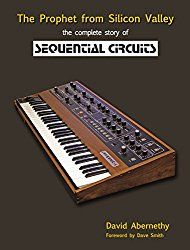



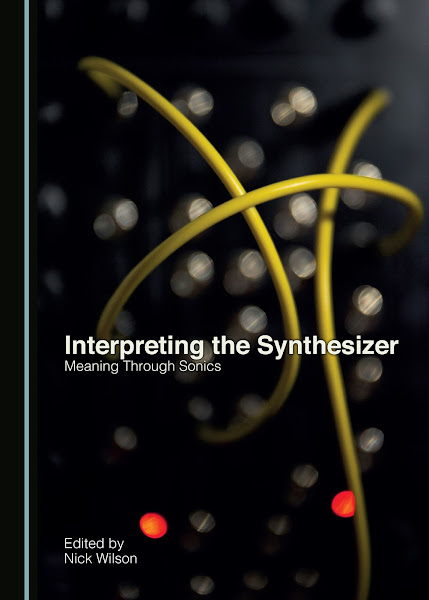
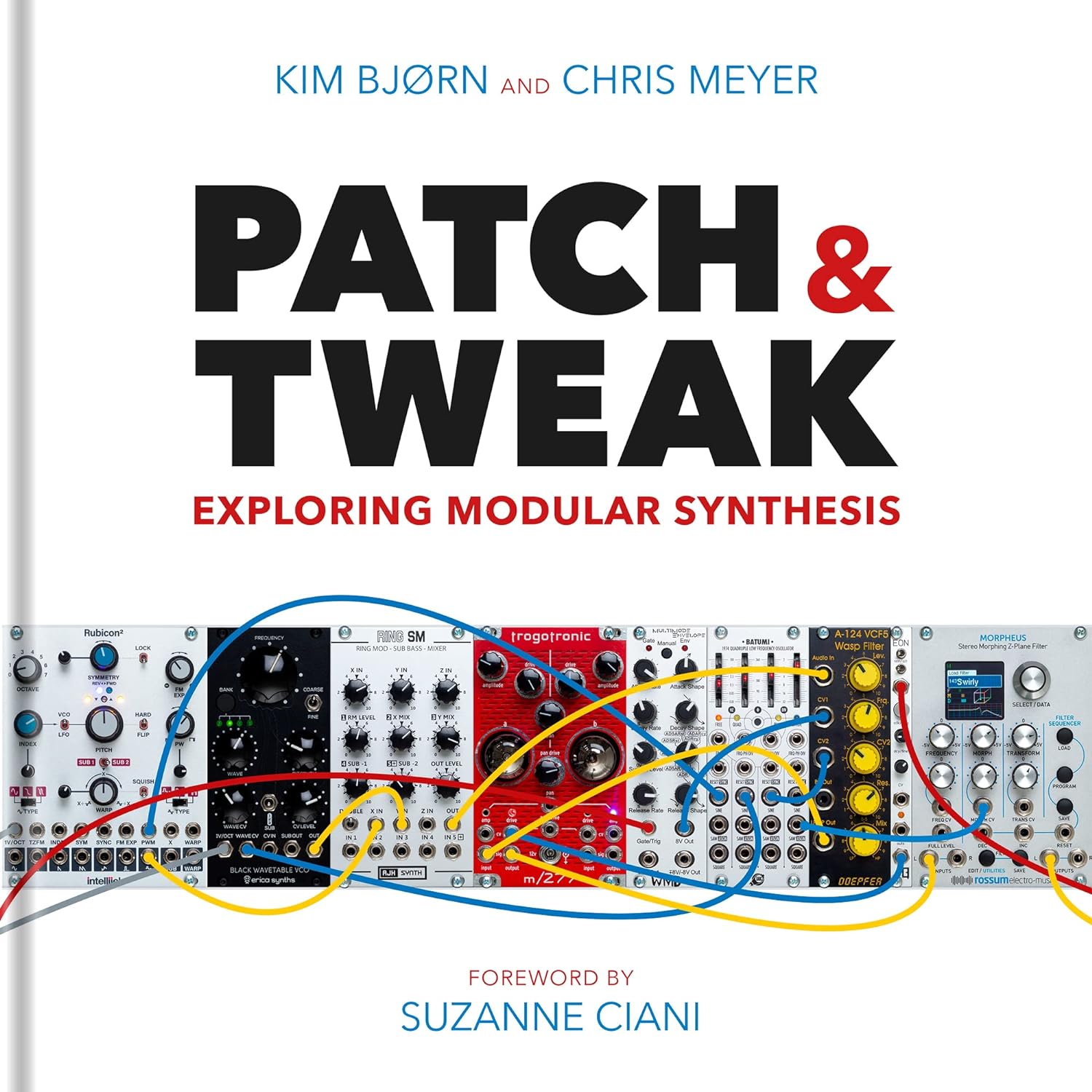

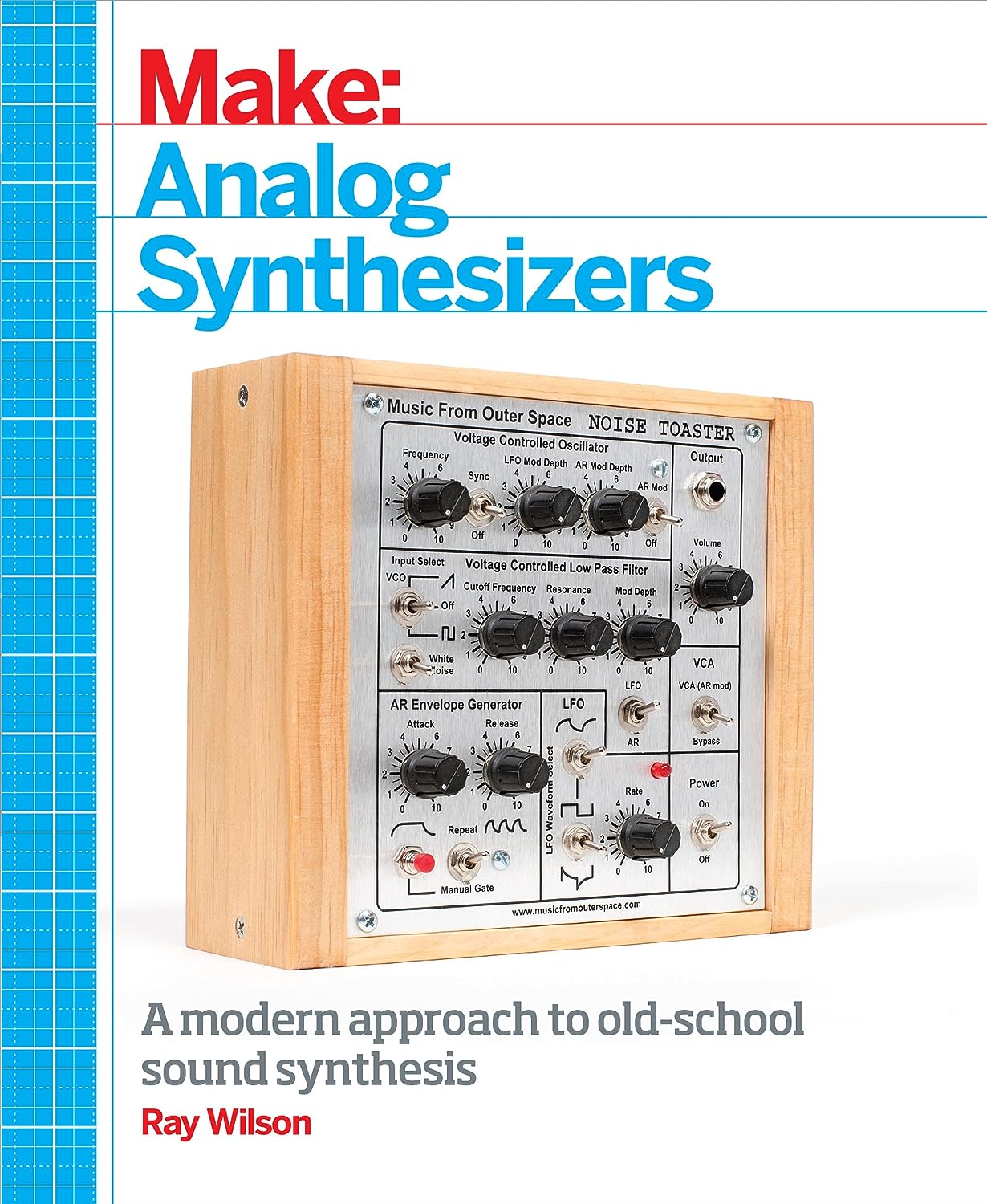

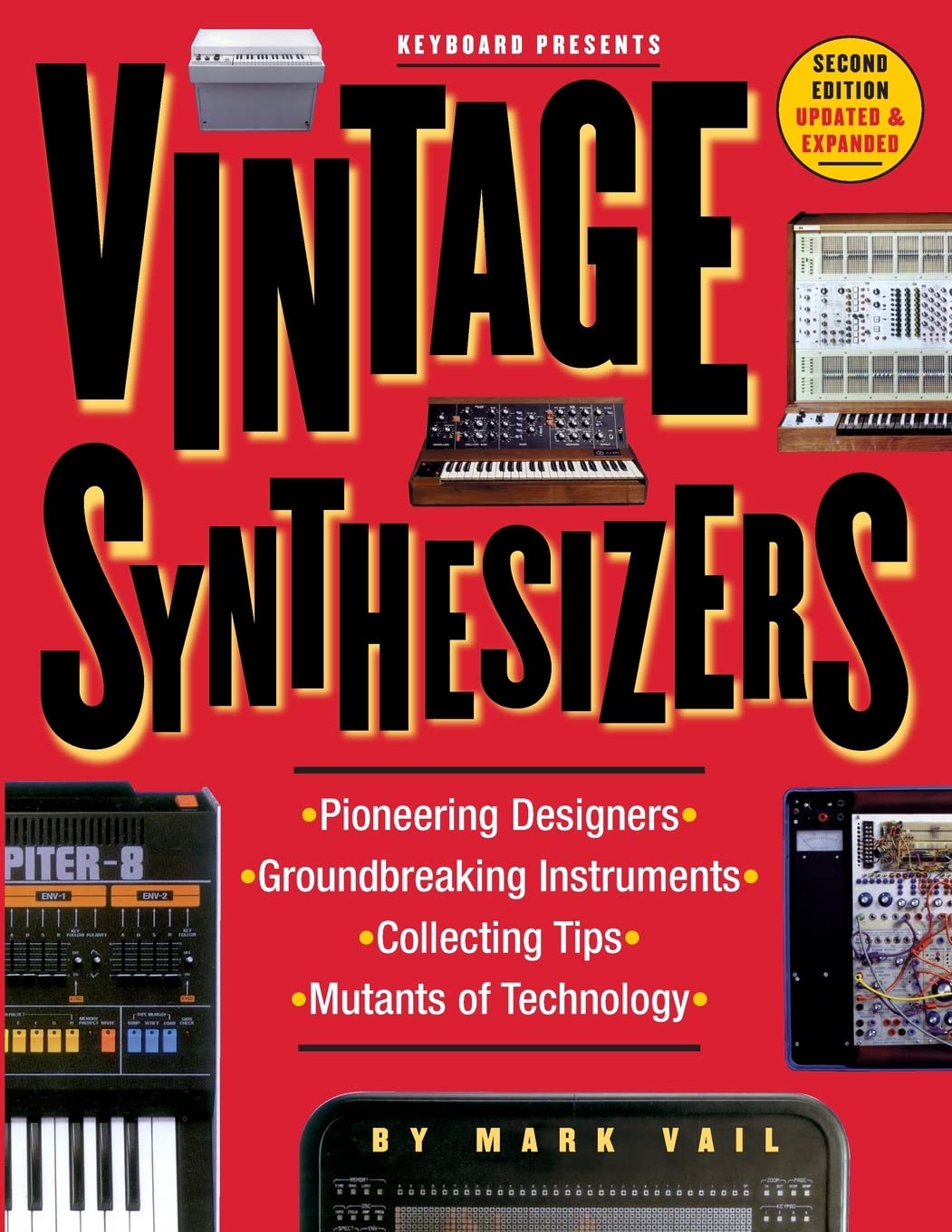
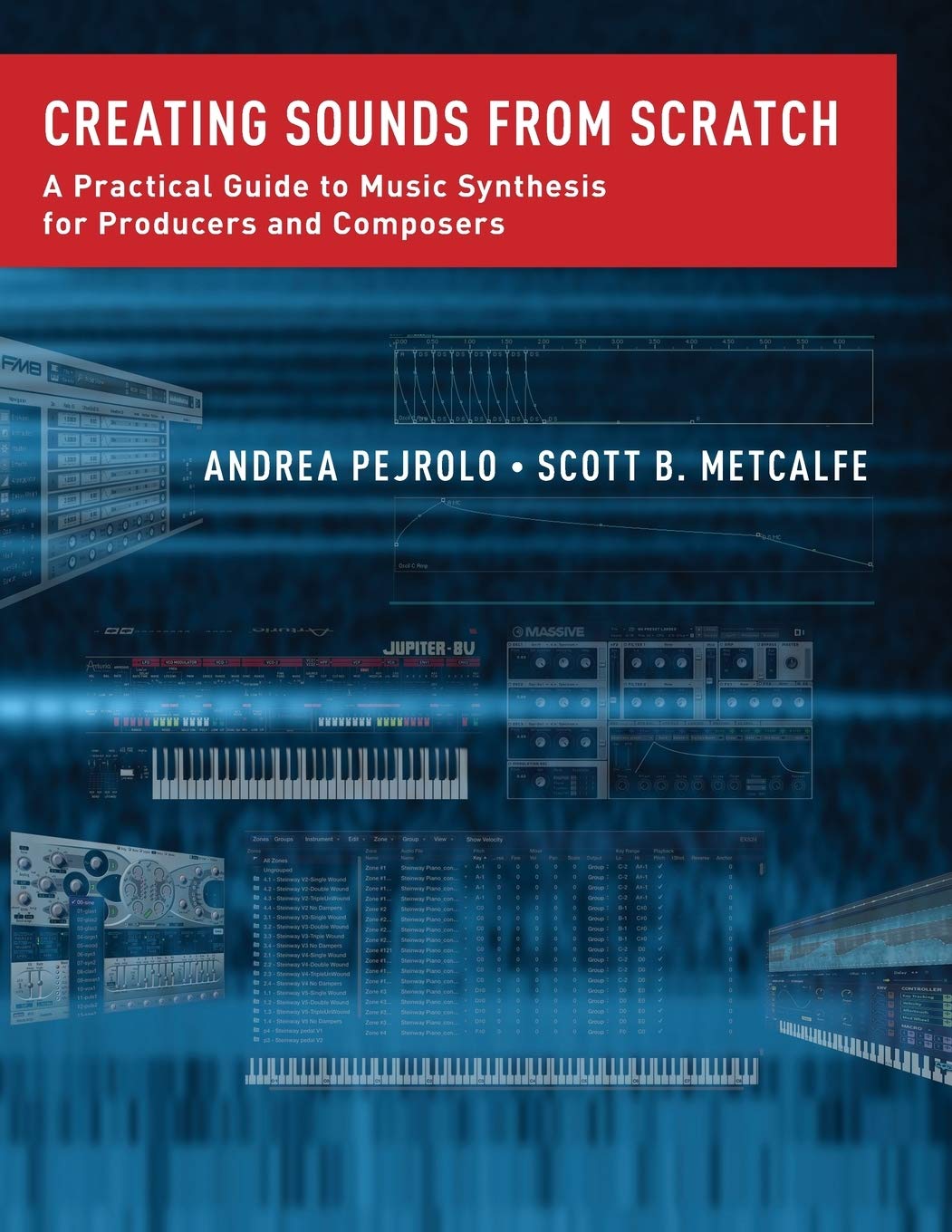
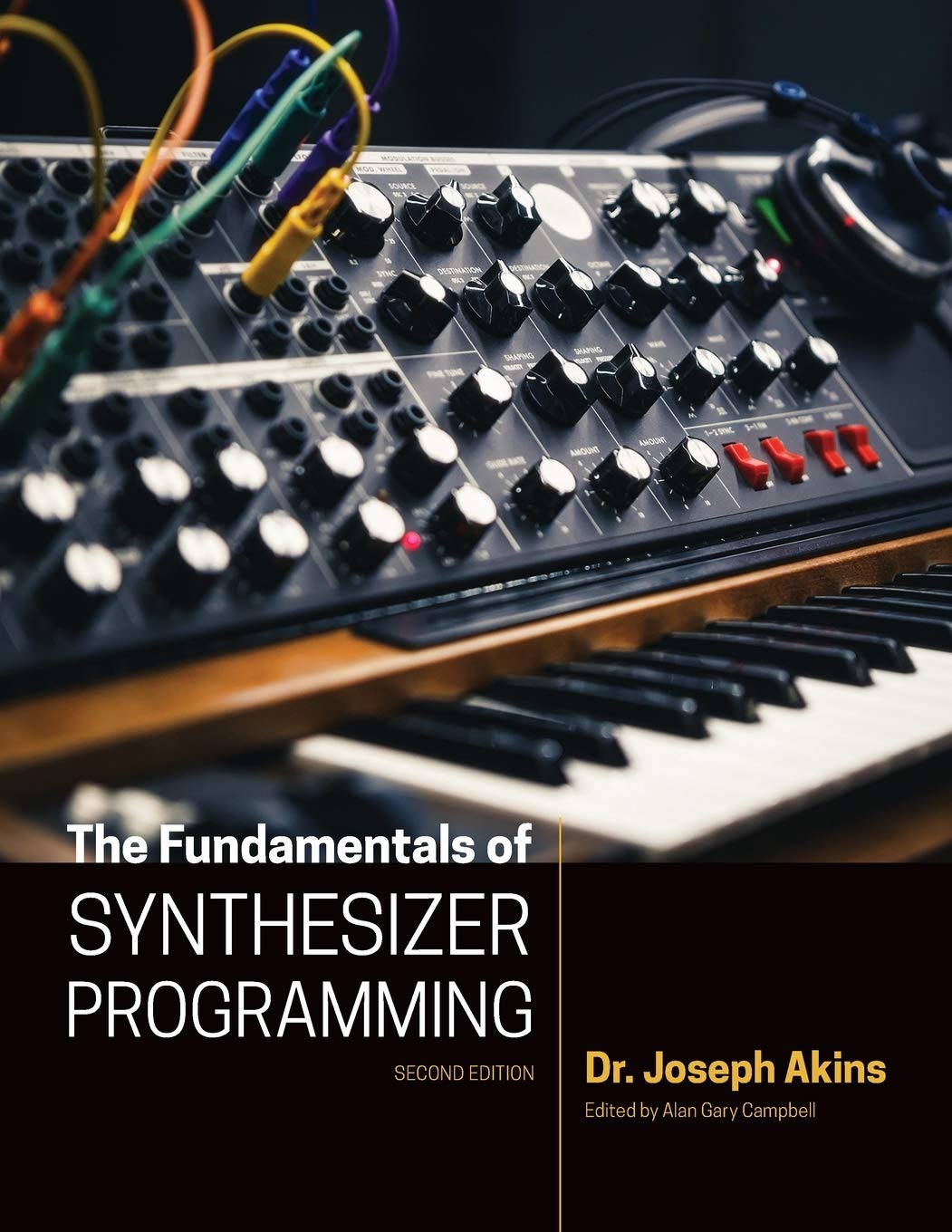

© Matrixsynth - All posts are presented here for informative, historical and educative purposes as applicable within fair use.
MATRIXSYNTH is supported by affiliate links that use cookies to track clickthroughs and sales. See the privacy policy for details.
MATRIXSYNTH - EVERYTHING SYNTH













© Matrixsynth - All posts are presented here for informative, historical and educative purposes as applicable within fair use.
MATRIXSYNTH is supported by affiliate links that use cookies to track clickthroughs and sales. See the privacy policy for details.
MATRIXSYNTH - EVERYTHING SYNTH
Subscribe to:
Post Comments (Atom)














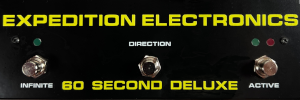










What a headache. Why not simply use an Access Virus C with PureTuning? Or does that not quite cut it?
ReplyDelete